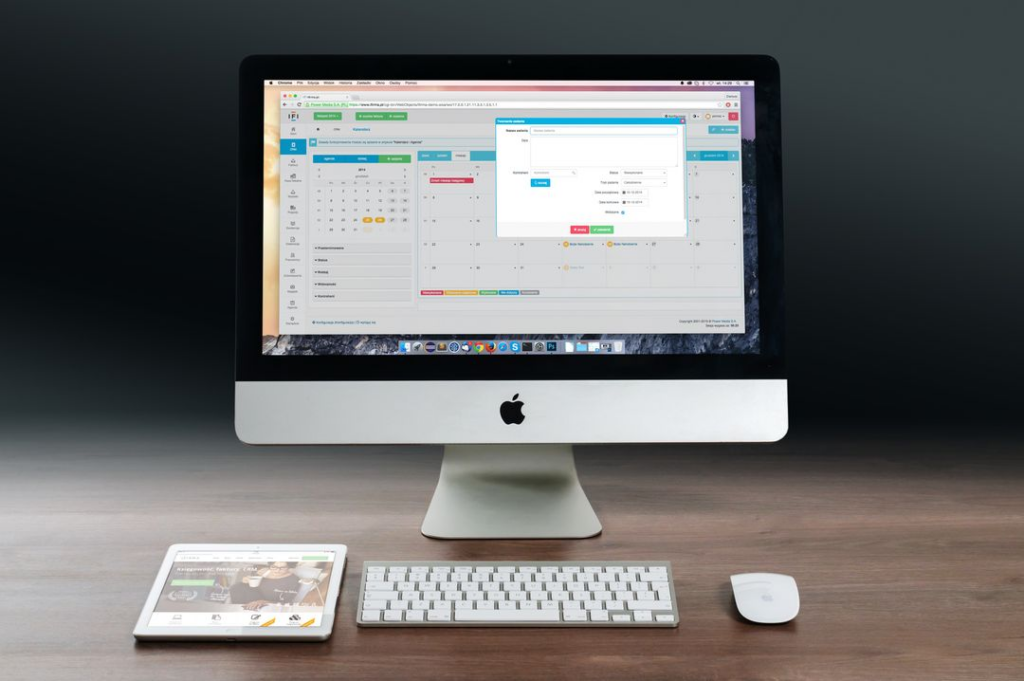The Changing Landscape:
It’s undeniable that mobile devices have transformed thedigital landscape, granting users unparalleled convenience and accessibility.As a result, many marketers have shifted their focus to mobile platforms,leveraging apps and responsive design to cater to users on the move. However,completely writing off desktop marketing would be premature.
The Role of Desktop in Digital Marketing:
Browsing and Research: While mobile devices excel at quickinteractions, desktops remain the preferred choice for in-depth research andcontent consumption. Users often turn to desktops for tasks that require largerscreens and more extended periods of attention, such as reading lengthyarticles, conducting detailed research, and making complex purchasingdecisions.
E-Commerce and Conversions: Desktops continue to play acrucial role in the e-commerce journey. Shoppers frequently use desktops tofinalize purchases, as the larger screen provides a clearer view of products,detailed information, and a more comfortable checkout process.
B2B Interactions: Business-to-business interactions ofteninvolve complex decision-making processes. Professionals prefer desktops forreading whitepapers, analyzing data, and communicating with potential partners,as these tasks require a more comprehensive view.
Content Creation and Editing: Content creators, designers,and marketers rely heavily on desktops for their work. The precision, power,and larger screen real estate offered by desktop devices are essential forcreating and editing high-quality content.
The Case for Evolving Strategies:
Rather than proclaiming the death of desktop marketing, thetrend suggests a shift in strategy to accommodate changing user behaviors.
Here’s how:
Responsive Design: Ensure your website and contentare optimized for both desktop and mobile experiences. Responsive designensures seamless navigation and readability across various devices.
Cross-Device Targeting: Embrace cross-devicetargeting to reach users throughout their online journey. Your audience mightstart researching on mobile and make final decisions on desktop.
Data-Driven Insights: Leverage analytics tounderstand how your audience engages with your content on different devices.Tailor your strategies based on the insights you gather.
Personalization: Deliver personalized experiencesacross devices. Recognize users’ preferences and behaviors regardless ofwhether they’re on desktop or mobile.
Integrated Campaigns: Create integrated campaignsthat provide consistent messaging and branding across platforms. This approachacknowledges the role of each device in the user journey.
Conclusion:
Is desktop digital marketing dead? Not by a long shot. It’sundergoing a transformation as part of the broader digital landscape evolution.The key lies in adapting strategies to meet the needs of users who switchseamlessly between devices. A balanced approach that recognizes the distinctroles of desktop and mobile in user behavior will enable marketers to thrive inthis ever-changing digital world. So, while the spotlight may shine brightly onmobile, the desktop screen still commands a significant place in the digitalmarketing arena.

